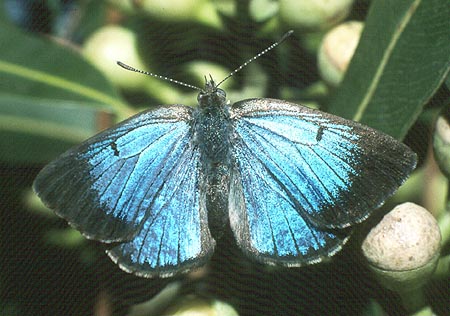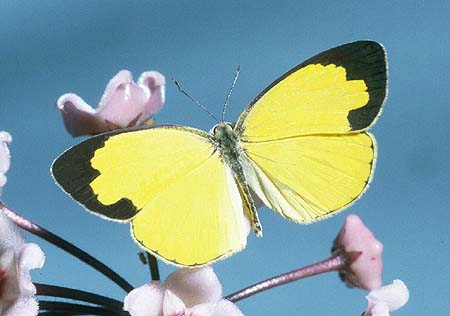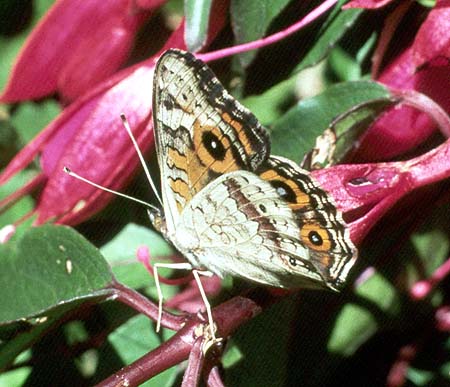
Where have all the butterflies gone?
Many people exclaim "Where are all the butterflies? They were used to be everywhere when I was a child. "
Well, if most people were environmentally responsible, then they would still be everywhere!
It's the old saying, "She's right Jack, I'm OK, it's not my problem. "
Well, 'Hasta la vista baby', with that attitude you can kiss 'em goodbye, and if you want your children to see them then make sure you have a good encyclopedia, because that is going to be the only place they're gonna see 'em!

Well actually, the problem is there are too many humans on earth, who all want their small or large piece of it. This population increase since the last world war is now occurring at an almost exponential rate. Consequently, in doing so they each inevitably cause a small change in the environment, such as causing the clearing of the original native vegetation, pollute the waterways and the atmosphere. The water gets contaminated by the waste chemicals of our medical, adulterated food, desalination plants and agricultural-industrial activities. The atmosphere is increasingly contaminated by the increase in carbon dioxide production from the overuse of hydrocarbons (fossil fuels and vegetation), which leads to instability of the weather patterns and climate warming, which leads to the loss of oceanic carbon dioxide feeding organisms, which will eventually lead to a melting of the ice sheets and the drowning of our coastal areas, and in all probability to another world-wide mass extinction event! (Our major fossil-fuel hydrocarbon deposits have formed over 600 million years, and we are now trying to burn them up over 1000 years, and we are already 150 years into this period!)

Native vegetation clearance ultimately leads to the loss of biological diversity (including butterflies and moths), either by actual eradication or by subsequent monoculture production. It also leads to vegetation fragmentation, which if the fragments are too small or too distally separated, will eventually cause the remaining flora and fauna of the small fragments to become unstable and inbred, and eventually cause their deaths.
Unfortunately, the politicians of our time have taken it upon themselves to enforce prescribed burn-offs and permit further plundering of the resources still present in the conservation parks and reserves, without adequate planning knowledge of the distribution of the contained threatened flora and fauna of these supposedly conserved areas. Consequently, entire populations of threatened fauna have been eliminated from many of these areas.